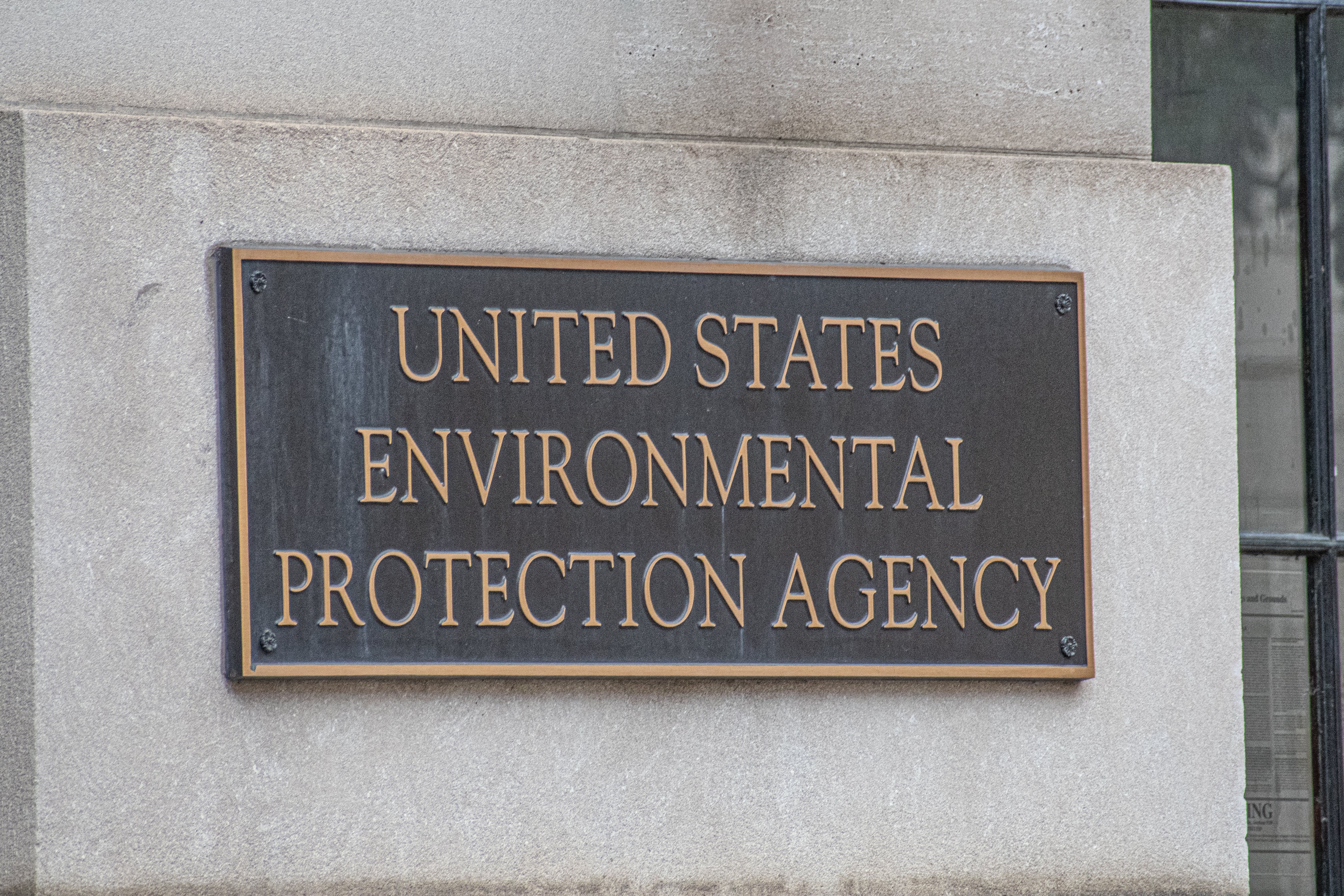Using formaldehyde, a common chemical that can cause cancer and other chronic conditions, presents an “unreasonable risk of injury to human health” in current practices, the Environmental Protection Agency said Thursday.
With a pickle-like odor, formaldehyde is found “nearly everywhere,” officials note. People and animals produce and release it. It is also emitted when cars release exhaust, through forest fires, and smoking. And, formaldehyde is used to make glues, paints, plastics, textiles, semiconductors, construction materials, toys, and furniture. It’s a preservative in laboratories and mortuaries. Over time, it may be released from those products.
Included in products to help straighten hair or smooth curls, formaldehyde can pose a disproportionate risk to Black women and other women of color. About half of products advertised to Black women contain these kinds of chemicals, whereas just 7 percent are advertised to white women, researchers found. When used at a salon that isn’t properly ventilated, both the salon professionals and their clients are at risk of inhaling the colorless gas.
Exposure can result in various adverse health effects, which differ depending on how long a person is exposed. A short amount of time can lead to eye and respiratory inflammation. But, chronic periods have more serious consequences, like reduced lung function, allergic reactions, increased asthma and allergy conditions, and throat and nose cancer. And, often, people are exposed to more than one source of the carcinogen at a time.
A recent ProPublica investigation found that formaldehyde causes more cancer than any other toxic air pollutant, finding it exposes everyone to elevated risks of develping cancer no matter where they live — and often poses the greatest risk in their homes.
The agency had hoped to ban the substance before, but previously missed its own deadlines, drawing swift reaction from lawmakers over the last months of 2024.
After this final risk evaluation and a draft that had been released in March of last year, the government said it will begin a “risk management process” to address the risk posed by formaldehyde, and propose a rule to protect workers and consumers going forward.
Previously, it finalized regulation to set limits on how much formaldehyde can be released from composite wood products and to establish a program in which independent certifying organizations will verify that composite wood panel producers comply with the limits on formaldehyde releases.
While workers in places where formaldehyde is used are the most at risk, those who frequently use consumer products that contain it are also at “high risk” due to short-term inhalation and skin exposure, particularly when the products — like automotive car products and leather goods — are new.

People who live near facilities that release the toxic chemical are also at “some risk,” although the agency said it “did not determine that ambient air contributes significantly to the unreasonable risk determination” partially because modeling does not account for the atmospheric degradation of formaldehyde, because there are uncertainties regarding its cancer hazard assessment, and because of “extremely conservative assumptions” in its model. And, it noted, that additional regulatory measures are promoted under the Clean Air Act.
Notably, formaldehyde concentrations in the air are much lower than the concentrations needed to produce negative effects to the environment. It does not last long in water, sediment, or soil, resulting in lower exposure risks to plants, animals, and the environment. A risk of injury to the environment that would contribute to the unreasonable risk determination was not identified.
“As such, all of these considerations led the agency to find that general population exposures from ambient air emissions under the conditions of use of formaldehyde do not significantly contribute to the unreasonable risk of formaldehyde,” the agency said.







